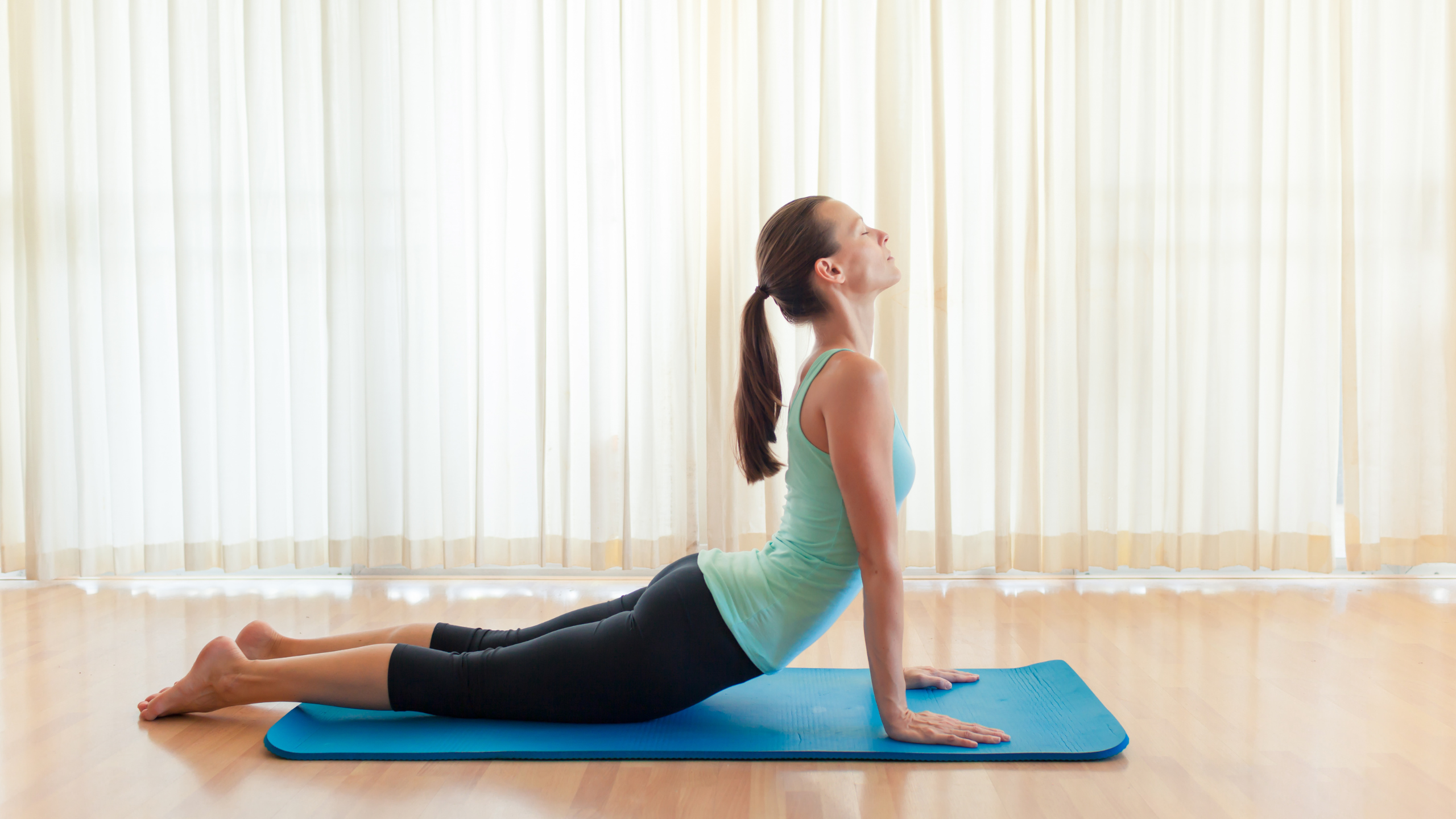January 15, 2025
Alexandra Trusova Expecting a Child
May 22, 2025

Stretching is a powerful practice for improving posture and reducing back pain, addressing the discomfort caused by modern lifestyles involving prolonged sitting and repetitive movements. Poor posture and limited flexibility strain the spine, leading to pain that can hinder daily activities. A 2019 Journal of Sports Sciences study found that regular stretching improves spinal alignment by 10% and reduces lower back pain by 12%. This article explores how flexibility supports spinal health, detailing benefits for posture and pain relief, and offers practical tips to integrate stretching into daily routines, drawing on scientific insights for individuals of all ages.
Flexibility, the capacity of muscles and joints to move through their full range, is essential for maintaining proper posture. Tight muscles in areas like the back, hips, or chest can pull the spine out of its natural alignment, causing slouching, rounded shoulders, or forward head posture. A 2018 Journal of Physical Therapy Science study shows that enhanced flexibility reduces muscle imbalances by 15%, enabling the spine, shoulders, and pelvis to align naturally. Flexible muscles distribute body weight evenly, reducing stress on the spine’s vertebrae and discs, which supports an upright posture during sitting, standing, or moving.
Flexible muscles and connective tissues promote spinal health by minimizing pressure on the spine’s structures. Muscle tightness can compress spinal discs or pinch nerves, contributing to back pain, with a 2020 Journal of Pain Researchstudy linking poor flexibility to a 10% increased risk of chronic lower back pain. Stretching lengthens muscles, relieves tension, and enhances blood flow, delivering oxygen and nutrients to spinal tissues to aid recovery. A 2019 Spine Journalstudy found that flexibility-focused routines reduce back pain intensity by 12% and improve spinal mobility by 8%, particularly for those with sedentary lifestyles.
Key Insight: Flexibility fosters spinal health by balancing muscles, enhancing joint mobility, and improving circulation, directly improving posture and reducing back pain.
Stretching is a vital tool for enhancing posture and alleviating back pain, leveraging flexibility to balance muscles, improve spinal mobility, and boost circulation. With 10–15 minutes daily, 3–5 times weekly, individuals can achieve a 12% reduction in pain and a 10% improvement in posture, as supported by scientific evidence. By stretching after activities, using gentle movements, and seeking professional guidance, anyone can optimize spinal health. Whether managing desk work, physical tasks, or stress, consistent stretching enables comfortable, confident movement. Start today, prioritize consistency, and stand taller with every stretch.
By Vitalina Andrushchenko, Staff Writer

January 15, 2025
Alexandra Trusova Expecting a Child

December 26, 2024
2025 World Junior Championship Schedule

April 05, 2025
Alexandra Trusova and Makar Ignatov Reveal the Gender of Their Future Child